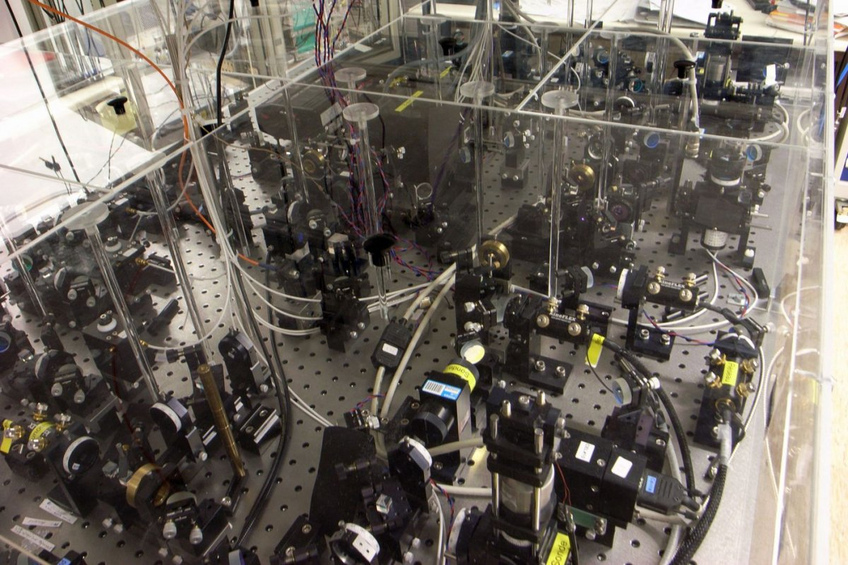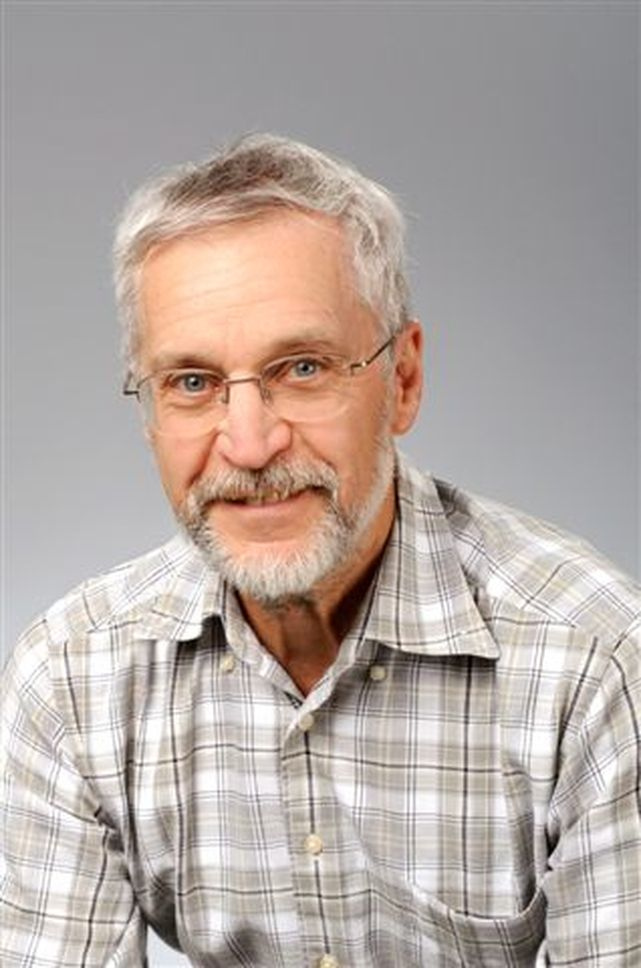

Prix Gaïa 2014 – Pierre Thomann. History-Research category
You will find a piece of him and Neuchâtel, where he teaches, on the end of your mobile phone. Pierre Thomann works on the measurement of time and is furthermore a gifted popularizer.
On the occasion of the 20th Gaia Awards this year, the organizers wanted to emphasize the research part of the “Histoire et Recherche” (history and research) category. By doing this, this prestigious award, which has been nicknamed the “Watchmaking Nobel Prize” by the media, shows that it remains firmly focused on the future and, at the same time, is involved in current hot topics. As historians have mainly won the award of this category up to now, it was high time the prize went to someone who has a true research spirit and the desire to teach – something which is quite rare for a scientific genius of his caliber.
Pierre Thomann is a physicist who was born in 1946. He was the former head of the Time and Frequency Laboratory at the “Institut de Microtechnique” in Neuchâtel and is now an honorary professor. This self-declared “time craftsman” is particularly interested in high precision measurements.
These include the measurement of time, and the development of atomic clocks; their miniaturization and their respective practical applications to navigation and satellite positioning (GPS, GALILEO).

Thomann started his career at ASULAB where he carried out research and helped develop atomic clocks. In 1983, he began working on industrial and spatial (Rb-cells, cesium beam, hydrogen maser) atomic clocks at Oscilloquartz SA in Neuchâtel and eventually became the Head of the Research and Development Department in 1988. He entered the Observatory of Neuchâtel three years later and was appointed its scientific assistant manager in 1995. There, he conducted research on laser cooling and continued his research on the development of primary atomic clocks. From 2007 to 2011 when he retired, Thomann was in charge of the Laboratory of Time and Frequency (opened on February 1, 2007), which is part of the “Institut de Microtechnique” (IMT) of the University of Neuchâtel.
Focus on atomic clocks
It was there, at the Laboratory of Time and Frequency (LTF), where Pierre Thomann achieved his greatest feats. The laboratory inherited the research mission, particularly that of time metrology, which was initiated by the Observatory of Neuchâtel.

This research mission included cesium beam primary frequency standards, laser cooling, Rubidium clocks, micro-manufacturing of atomic clocks (the CIMENT project in collaboration with the EPFL) and optical frequency standards. The laboratory also worked on technological developments that are linked to the use of atomic clocks in space.

After many years of research in the field of time measurement, Neuchâtel was the first European producer of Rubidium atomic clocks. In a Rubidium clock*, almost everything works in the same way as a traditional clock except that the pendulum is replaced by Rubidium atom oscillations. Researchers have to stage an environment where the atoms are not disturbed so that their oscillations can be measured for as long as possible. Rubidium clocks are used in many applications because they are the most compact of all atomic clocks. They are mostly used in telecommunications but sometimes also feature in navigation systems via satellite.

Space in your mobile phone
Atomic clocks essentially need GPS systems. Indeed, to ensure that the data is correct, three satellites, which detect a position via triangulation, have to transmit signals at precisely the same time. The IMT (with its Laboratory of Time Frequency amongst others) and TEMEX won the European Space Agency (ESA) tender for the development of a 1 cm3 – miniature clock with low energy consumption (approximately 10 milliwatts). Research never ends, just like actors of mechanical watchmaking arts never stop looking for ultimate precision.
2014 Gaia Award
The Gaia Award was created in tribute to Maurice Ditisheim, one of the sponsors of the “Musée International d’Hologerie” (MIH) and Chairman of the Board of Directors of the Central Office for Precious Metals Control (CPMC). It comprises three categories of prizes: “Artisanat et Création” (Crafts and Creation), “Histoire et Recherche” (History and Research) and “Esprit d’Enterprise” (Spirit of Enterprise).
The 20th awards ceremony will be held at 6.30 p.m. on Thursday, September 18, 2014 in the Hans Erbi room at the MIH in La Chaux-de-Fonds.
* Rubidium clocks: "They are the most compact of all atomic clocks and are used in telecommunications and navigation systems via satellite”.




